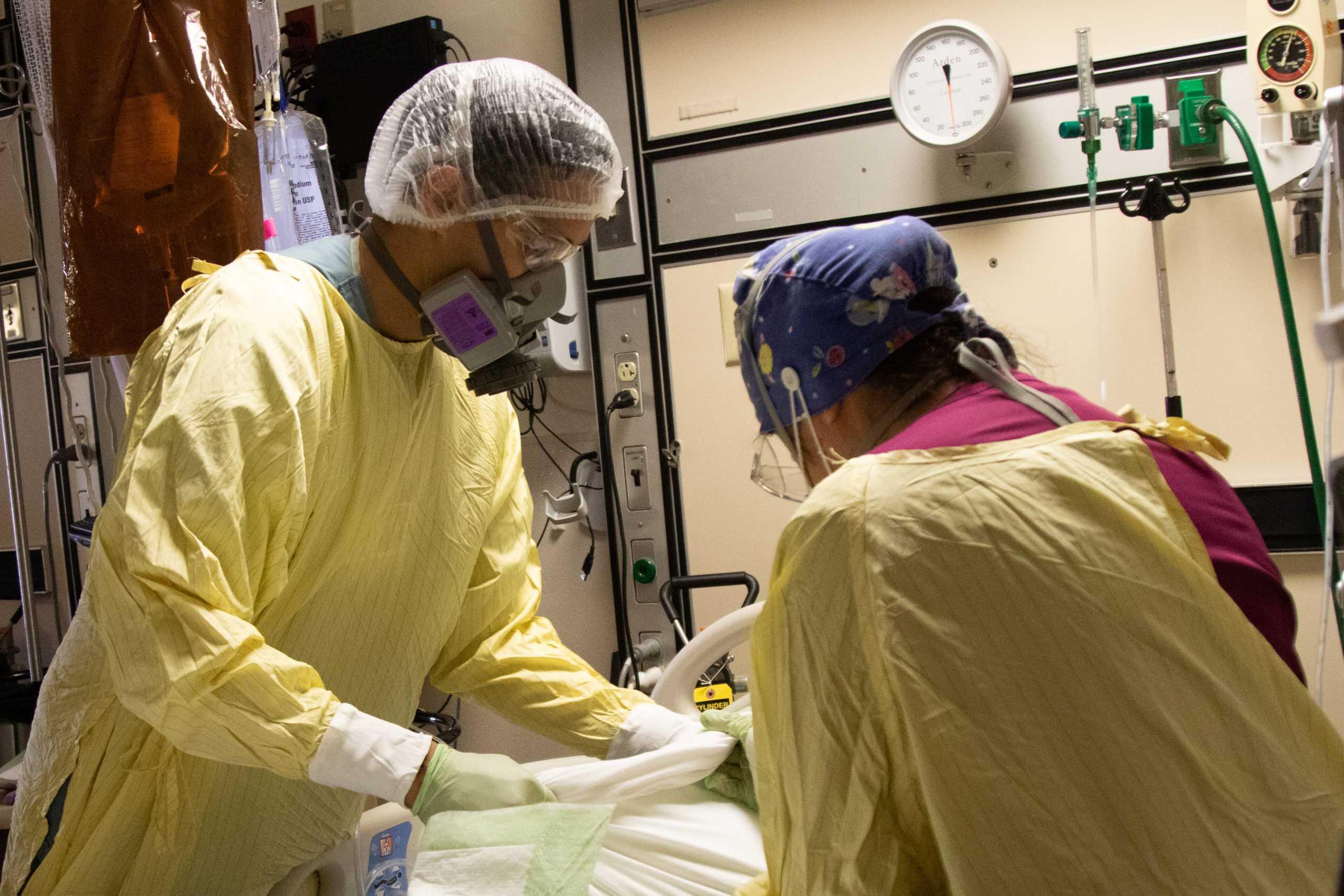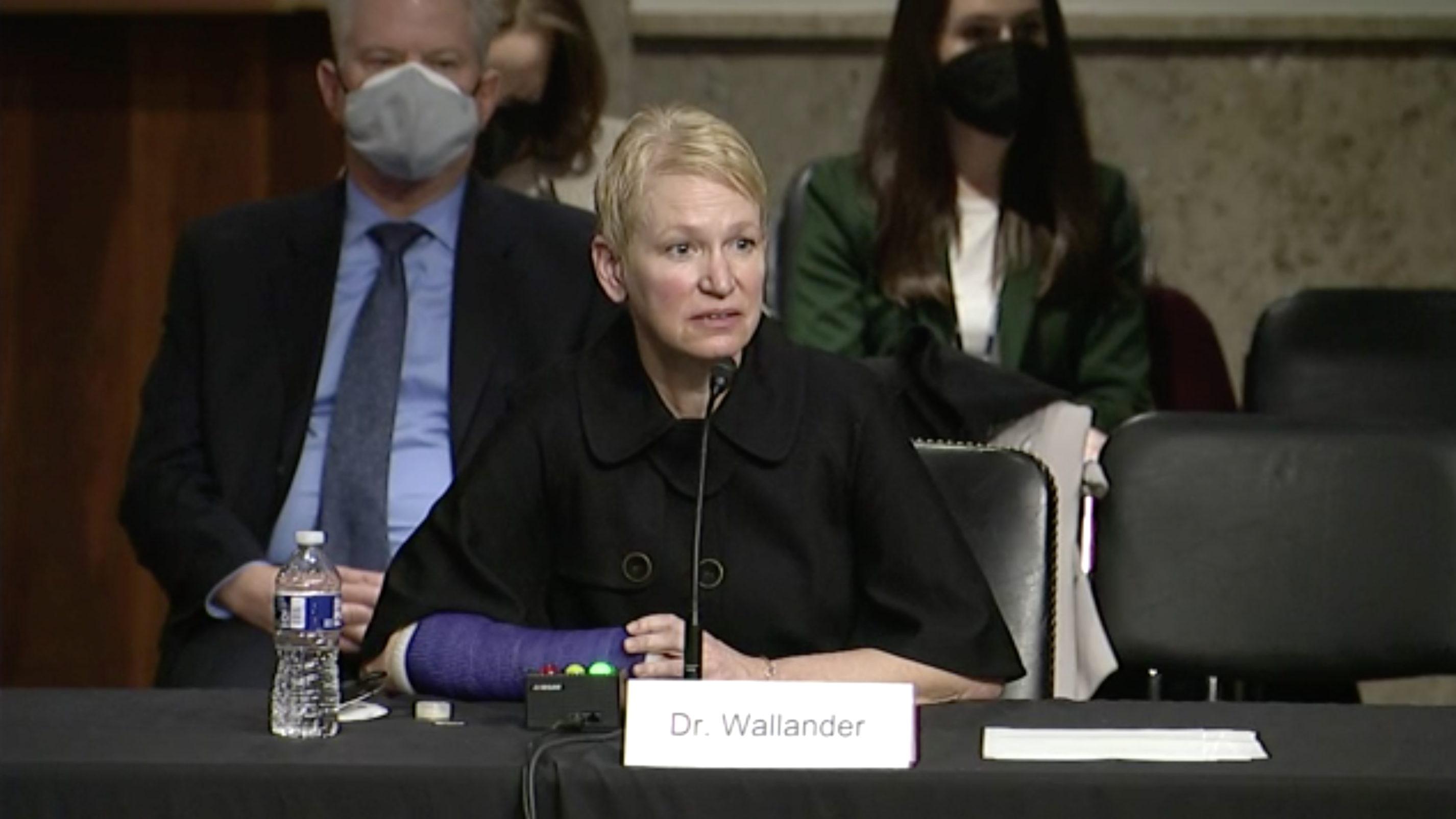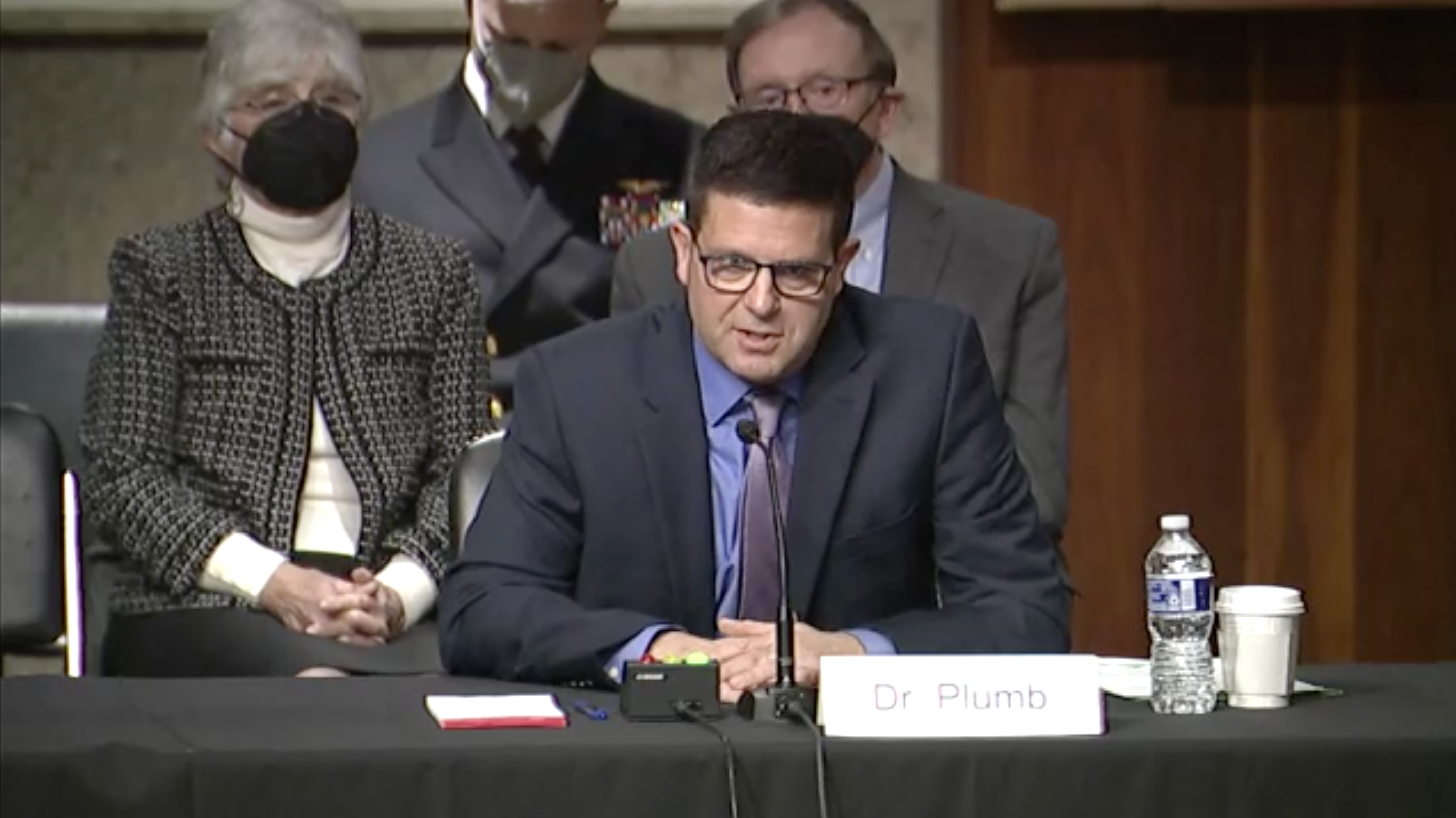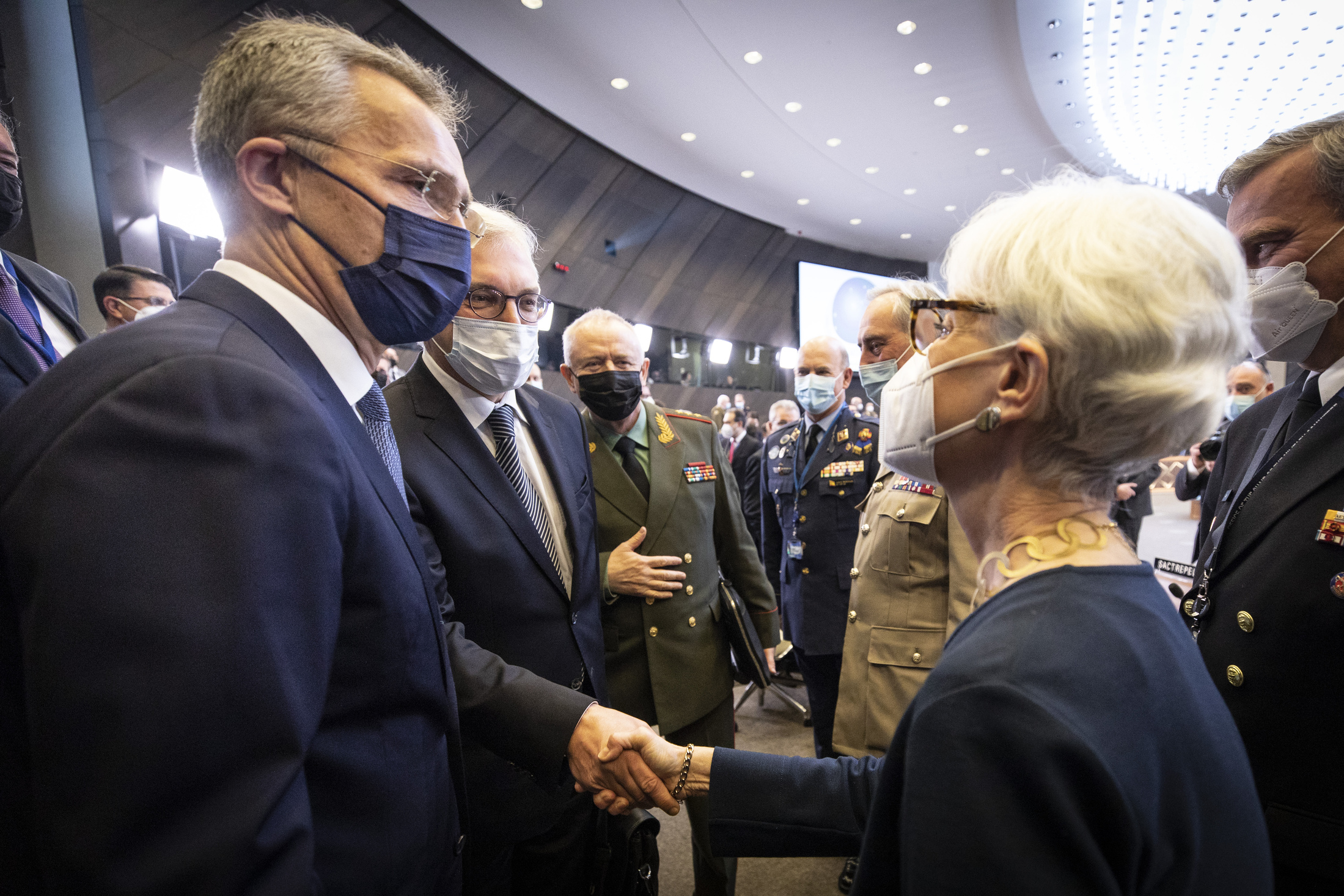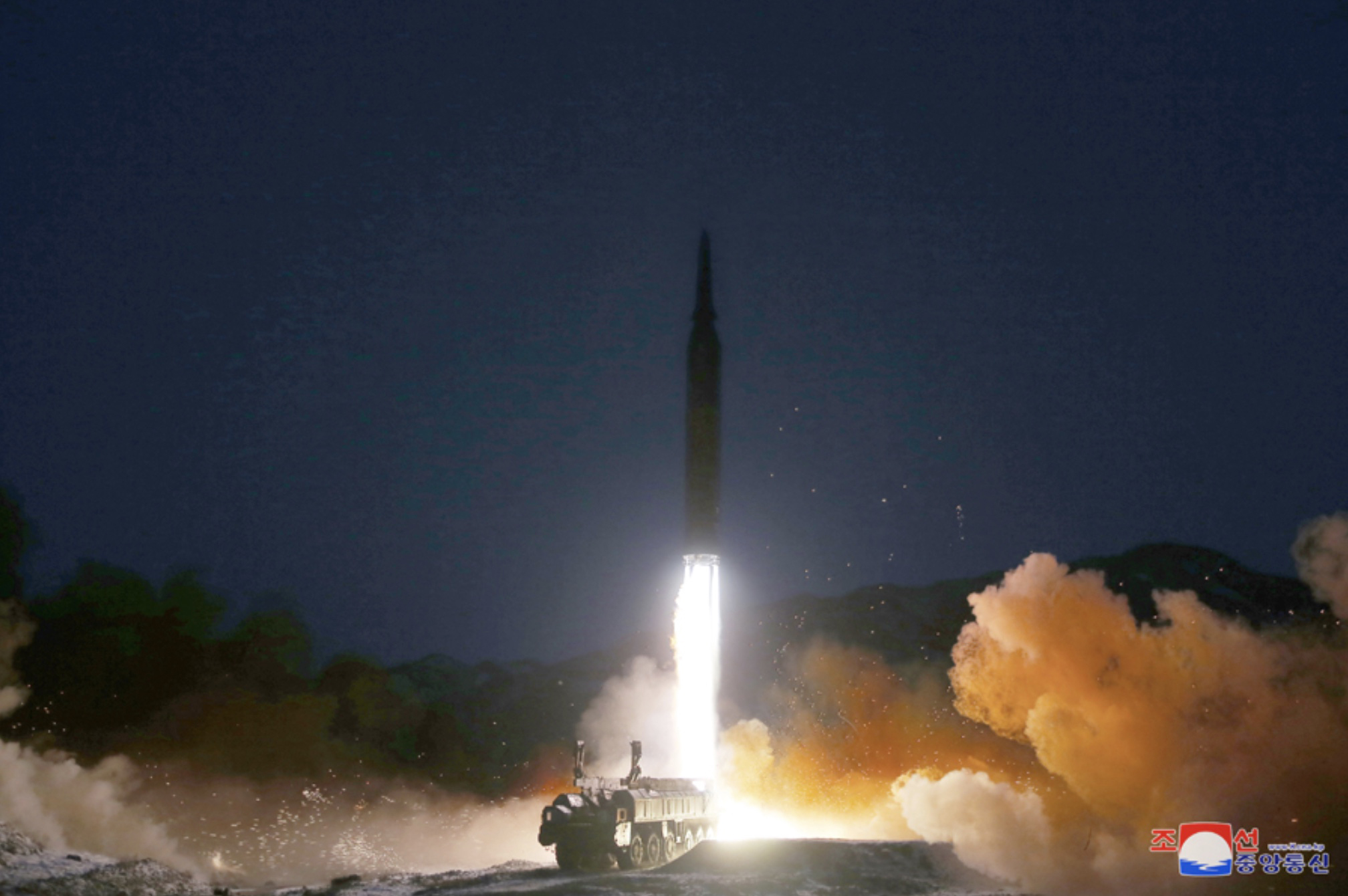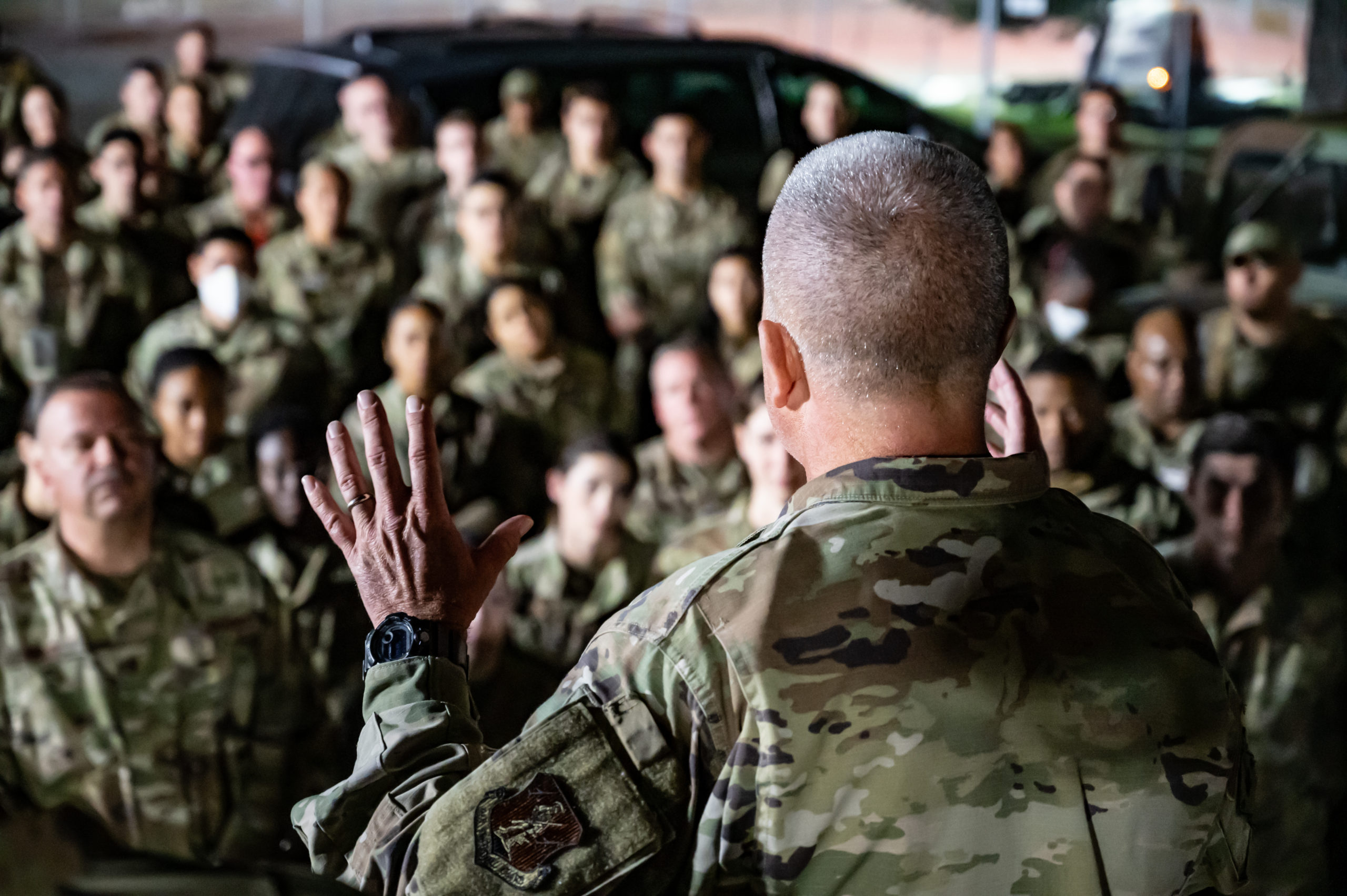Present Joe Biden has again turned to the military to fill staffing shortages and to help hospitals surge medical staffs as the omicron variant of COVID-19 continues to strain hospitals nationwide.
Defense Secretary Lloyd J. Austin III and FEMA Administrator Deanne Criswell joined Biden on Jan. 13 to announce that 1,000 Active-duty military medical personnel would form six medical teams to deploy to hospitals in New York, New Jersey, Ohio, Rhode Island, Michigan, and New Mexico. DOD will source personnel from across the services in coming weeks to join 400 military medical personnel already assisting health-care providers and overwhelmed emergency staffs.
“When you need something done, call on the military,” Biden joked before beginning his address from the Eisenhower Executive Office Building.
“This is a pandemic of the unvaccinated,” Biden said. “As long as we have tens of millions of people who will not get vaccinated, we’re going to have full hospitals and needless deaths.”
The President, Austin, and Criswell were then briefed by military and medical teams already on the ground in Arizona, Michigan, and New York.
In summarizing his administration’s plan to confront the omicron surge, Biden emphasized the importance of vaccination, now required in the military. Air Force personnel were required to vaccinate by Nov. 2, 2021, with the Air National Guard and Air Force Reserve deadline Dec. 2, 2021. The latest deadline has been set for the Army National Guard on June 30, 2022.
Across the military, 1.6 million service members were fully vaccinated as of Jan. 12, and 340,000 were partially vaccinated. In the Air Force, 446,000 were fully vaccinated and 53,000 partially vaccinated.
Biden said nearly 210 million Americans have been vaccinated for COVID-19 and that 80 million Americans have received booster shots. The military does not yet keep records of booster shots received, and a booster requirement is still under discussion, Pentagon Press Secretary John F. Kirby said June 13.
Biden said he would also use military tools to boost testing capacity.
In January 2021, America was conducting 2 million tests per day and now is conducting 15 million tests per day, the President said. By the end of January, the U.S. will have 375 million at-home rapid tests, but that still falls behind demand.
Biden said he would use the Defense Production Act to acquire 500 million at-home rapid tests and use the tool to ramp up production of an additional 500 million to distribute to Americans for free. Insurance providers will be required to reimburse Americans for eight tests per month.
In addition to the Active-duty personnel deployed and preparing to deploy, 14,000 National Guard members have been activated in 49 states to help governors combat COVID-19.
Kirby said the new military medical personnel who will deploy soon will act as a “relief valve” for health-care workers.
“They’ll be providing relief, triaging patients, helping to decompress overwhelmed emergency departments, and freeing up health-care providers to continue other life-saving care,” he said. “They’ll be working alongside health-care workers on the front lines to give them the support they need.”
Kirby said the 1,000 are just the “first wave” of deployments.
“Teams will continue to be mobilized and deployed where they are needed over the coming weeks to confront the omicron variant,” Kirby told defense journalists before conducting a series of live TV interviews to promote the President’s initiative and DOD role.
